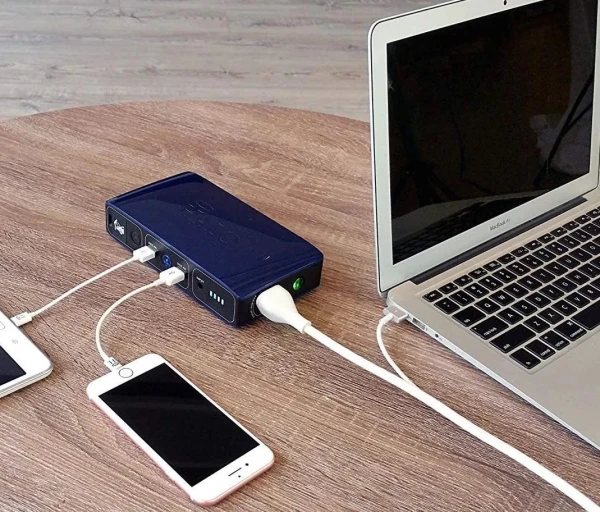
There are hundreds of bedrooms where a desk becomes a source of chronic stress. It is a misconception to think that placing a compact desk in the corner is enough. The task is more complex: it is necessary not just to arrange furniture but to psychologically divide the space. How to arrange a workspace in the bedroom that does not remind you of obligations during off-hours? Here are a few tried-and-true rules.
1. Mask, Don’t Highlight
Your goal is for the workspace to visually dissolve into the bedroom when you are not using it.
Color Blending. Choose a desk and shelves that match the color of the walls or main furniture. White, light gray, beige, or muted pastel tones are your best allies. A bright or contrasting color will constantly attract attention.
Hidden Power Sources. A desk with a foldable or extendable top that hides wires and a monitor is the perfect solution. After work, you simply close the panel, and before you is a flat, clean surface of a dresser or console.
No Office Kitsch. Avoid classic office chairs in favor of an elegant chair that could stand at a vanity. Keep a stylish box for papers and small items handy, rather than plastic trays.
2. Create a Clear Visual Boundary
Even in a small space, zoning is possible and necessary. A desk pushed against the wall is not a boundary, but an imitation of one.
Use Light. Directed spotlights above the desk (wall sconces, pendant lamps) will clearly separate the workspace. In the evening, turn on only soft ambient light in the relaxation area.
Accent Wall Technique. Paint or wallpaper only the wall where the desk is located. This is the easiest way to visually push the workspace into the background.
Tall Furniture as a Screen. A shallow bookshelf with open shelves, turned edge-on to the bed, will not steal space but will create a sense of a separate niche.
3. Prioritize Aesthetics Over Functionality
Surround yourself with things that please the eye, not scream "this is where work happens!".
Stationery as Decor. A beautiful pen holder, ceramic organizers, a notebook with a fabric cover – these little things create the atmosphere of a creative workshop, not a bureaucratic office.
Live Greenery. A few plants on the desk or shelf nearby instantly soften the strictness of the workspace and enrich the air with oxygen.
Tactile Comfort. A wooden desktop, a textile keyboard pad, a small rug for your feet – these details add coziness that standard offices lack.
4. Decor That Shifts Attention
Use art to signify a change in modes.
Changeable Pictures. Above the desk, you can hang not one, but two small pictures in identical frames. One for work mood (a calm landscape, abstraction), the other for the evening (something more emotional). By swapping them, you signal to your brain the start and end of work.
Scents. A light aroma diffuser with invigorating citrus or pine oil during work and calming lavender in the evening. A well-organized workspace in the bedroom is not a compromise, but a manifestation of self-care. It teaches us digital hygiene and respect for personal time. When the workspace is aesthetically integrated into the relaxation area, it ceases to be a foreign element and becomes a harmonious part of your life.













